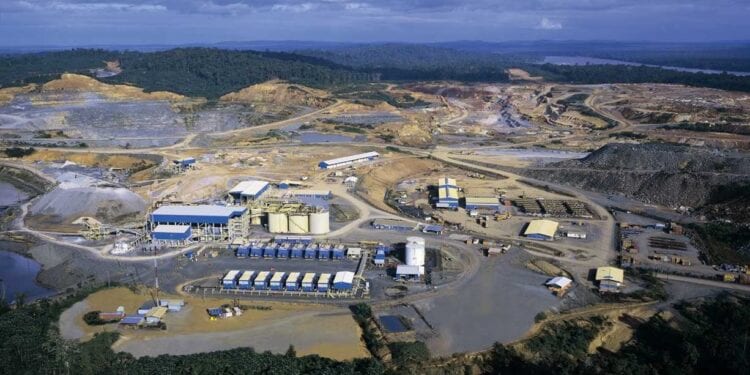Targeting Expansion Of Historic Wenot Pit
Omai Gold Mines Corp. (TSXV:OMG) has commenced first phase of a diamond core drilling programme at the Omai Project in Guyana.
The 5,000m campaign will focus on expanding the open-pit potential of the historical past-producing Wenot Pit. Wenot was not fully tested due to a low gold price environment, but previous drilling demonstrates the potential for similar grades and thicknesses of gold extending below the current pit, including 69m of 3.96 g/t au in hole OM-0412.
The new programme, combined with the logging and assaying of 6,000m of historical core, is expected to accelerate a new mineral resource estimate planned in late 2021.
CEO, Mario Stifano, said the historical data and geophysics along with new geologic modelling have identified multiple relatively untested targets for evaluation by trenching and drilling on the license.
“We are very excited to kick off our initial 5,000m of drilling, especially after extending mineralisation 150m below the historical pit with multiple high-grade assays, including 9.1 g/t gold over 14m, as part of our programme of logging and sampling of 6,000m of unassayed, recovered historical core,” Mr Stifano said.
“We look forward to testing the extent of gold mineralisation below Wenot and reporting on our results in the coming months.”
Assay results received to date from core drilled in 2012 and subsequently sampled by Omai demonstrate that the Wenot grades and thicknesses from historical mining continue below the Wenot Pit with mineralisation extended 100 to 150m below the historical pit, and remains open to depth.
In addition, logging and assays extend the mineralisation to the south in the sedimentary rocks, potentially expanding the width of the Wenot mineralisation.
Mr Stifano said the combination of logging of the 2012 drilling plus the creation of a new geological model which includes historical drill information and blast hole data, has correlated two high-grade mineralised zones that extend the entire length of the Wenot Pit. Dioritic dikes are not as well described in historical logs, but are also associated with high-grade mineralisation, especially in sedimentary rocks to the south.
Logging of the 2012 drill core has led to a better understanding of the geology under the historical Wenot Pit.











